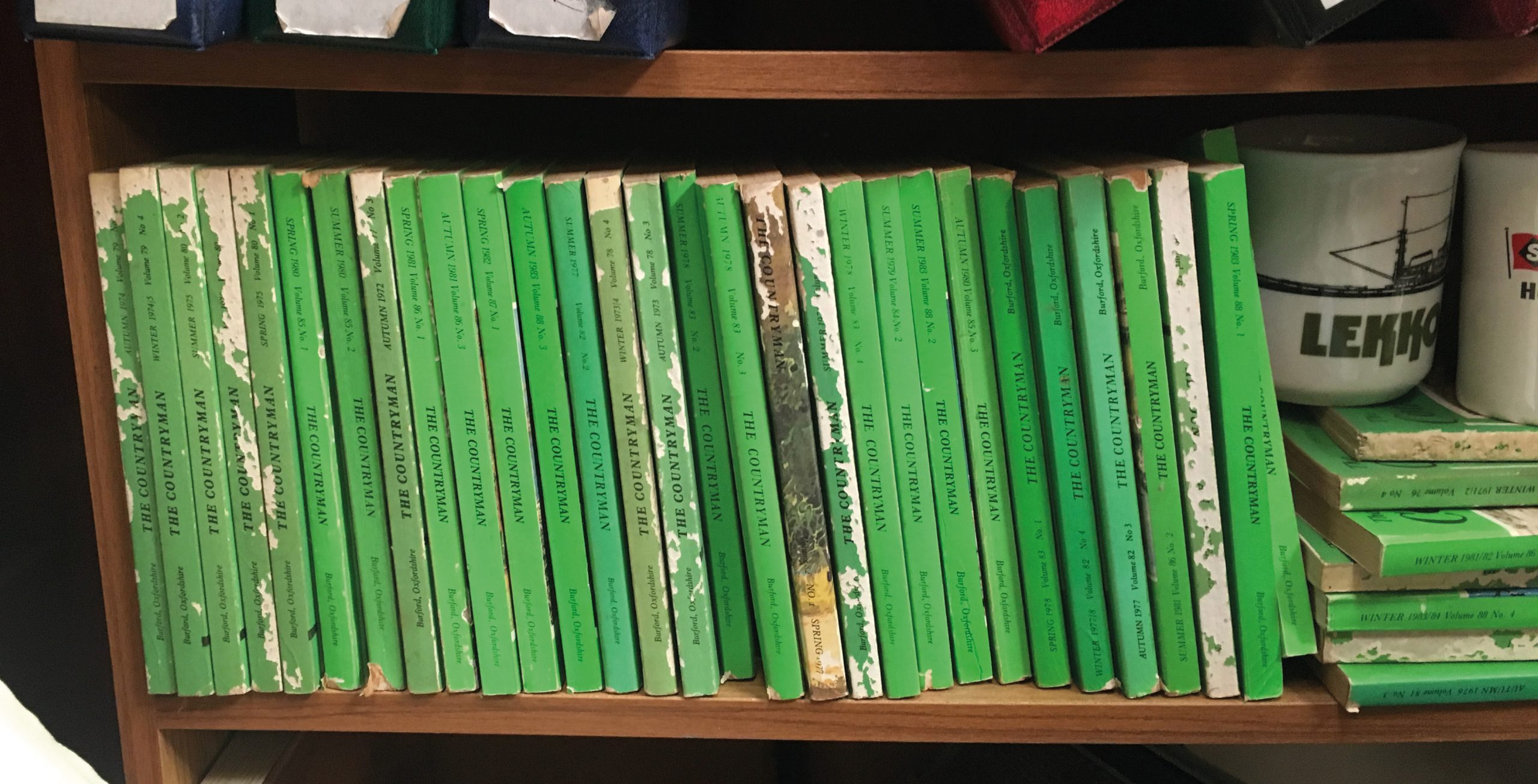The psychology of colour: green
Each month, Martha Roberts, creator of The Colour File, investigates how colour makes us think, act and feel. In this instalment, we give green the green light

Green has had positive, lucky connotations for millennia. The Egyptian god Osiris was depicted with green skin and, in pagan times, green was symbolic of regeneration and birth. But the colour has pessimistic associations, too. French playwright and actor Molière died wearing a green costume, so actors often see the colour as unlucky. And, in Victorian times, the use of arsenic in fashionable green fabric and wallpaper caused many unpleasant deaths, so perhaps there really was good reason to view green dimly.

Supersition vs symbolism
Colour psychologist Karen Haller says: ‘Any colour can be seen as lucky or unlucky. It can be a belief held by a nation or it could be down to a personal association or memory.’ She says that, rather than superstition, ‘giving symbolic meaning to a colour is our human way of seeking meaning within our environment, our society and our daily life’.
Colour trending specialist Sally Nettleton of TrendPulse, who helps to guide retailers on what colours to use in their products, says superstitions don’t register for them. ‘Putting our palettes together is more technical and fashion-driven than a response to luck – good or bad,’ she says.
So how can you learn to embrace more green in your life? Why not try this month’s ‘colour challenge’ to find out how?
Your colour challenge
Surround yourself with plants. A 2015 study found that having indoor plants can help to reduce physiological and psychological stress, lowering blood pressure and promoting ‘comfortable, soothed, and natural feelings’.
Place a plant in each room. Put a medicinal plant such as aloe vera in your bathroom, edible plants such as chilli pepper in the kitchen, and air-cleaning plants throughout your home (the 1980s Clean Air Study recommended plants including the weeping fig, fern arum and spider plant as some of the most effective at filtering toxins and pollutants from the air). For scent, add citrus plants or jasmine.
Find out more about Martha here.
Images: Martha Roberts








